
Peoples and Languages
Social Media
Leave comments, suggestions, keep an eye on news in our groups on VK, Odnoklassniki and Telegram channel


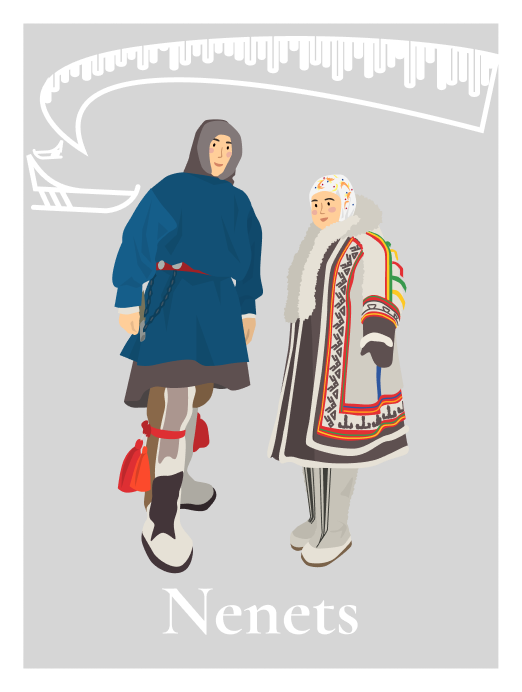
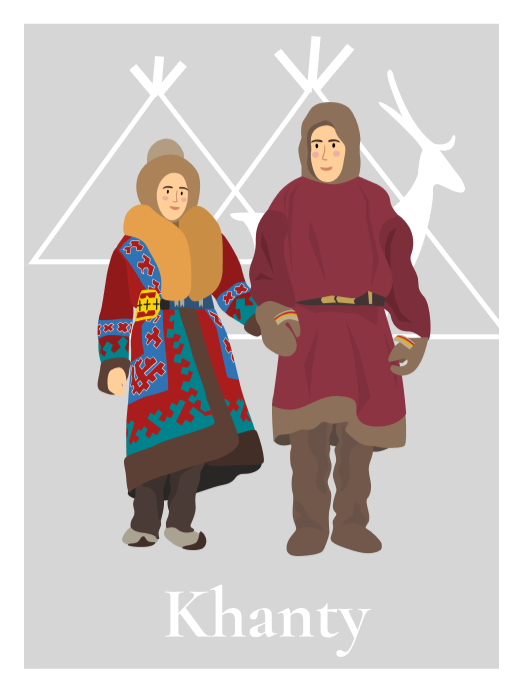


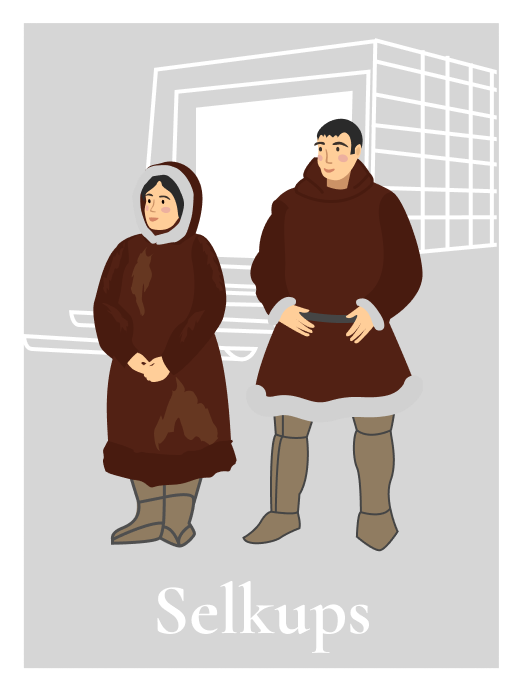
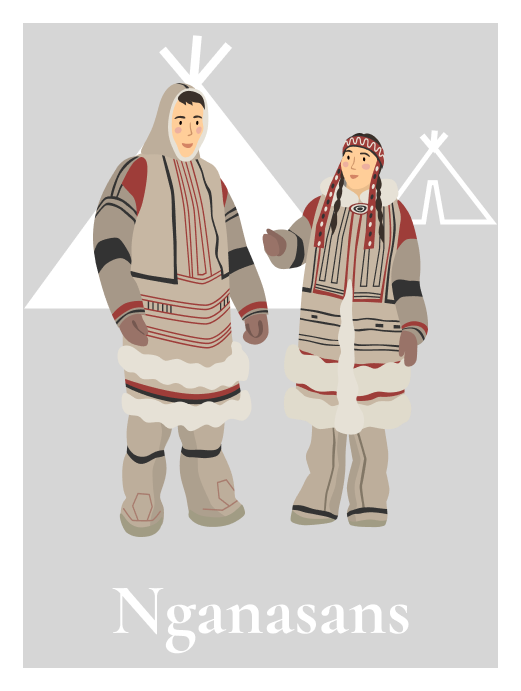
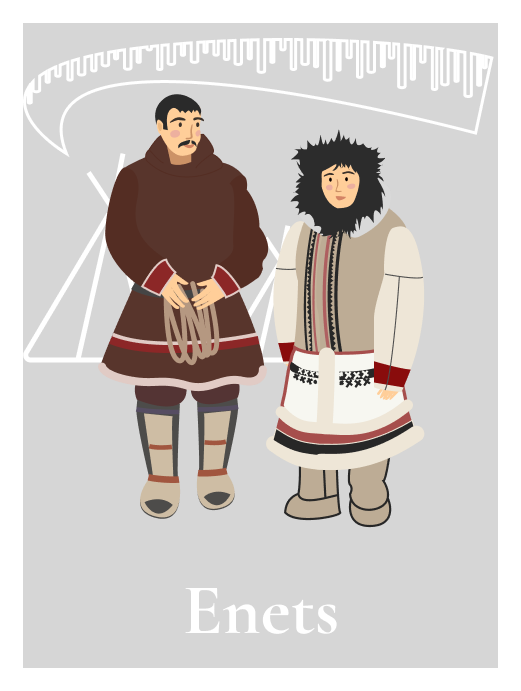
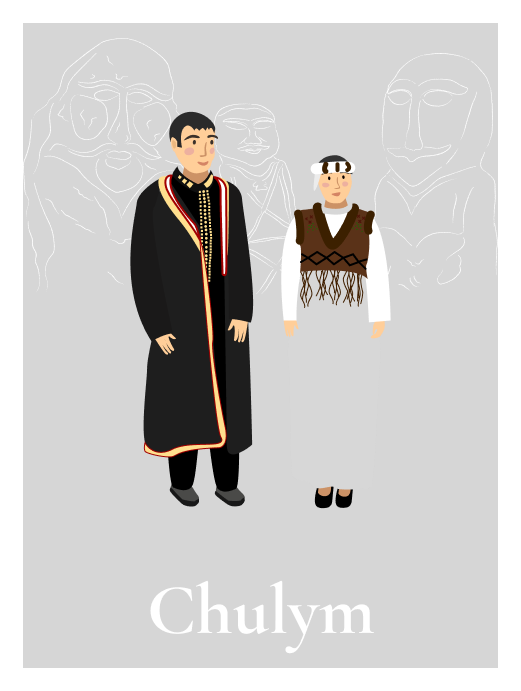
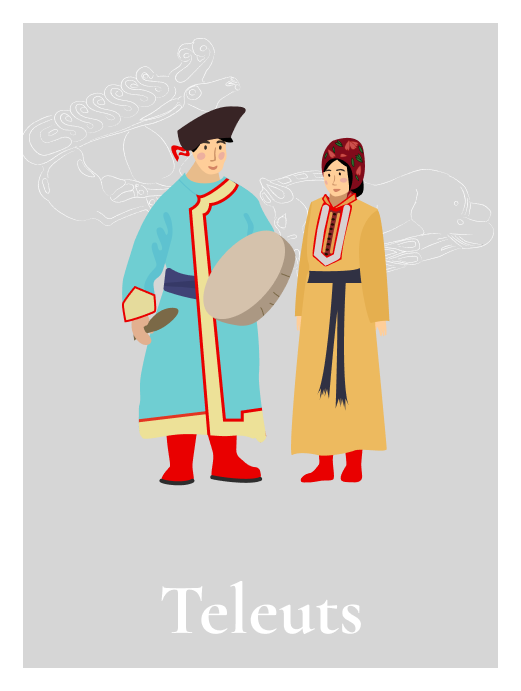


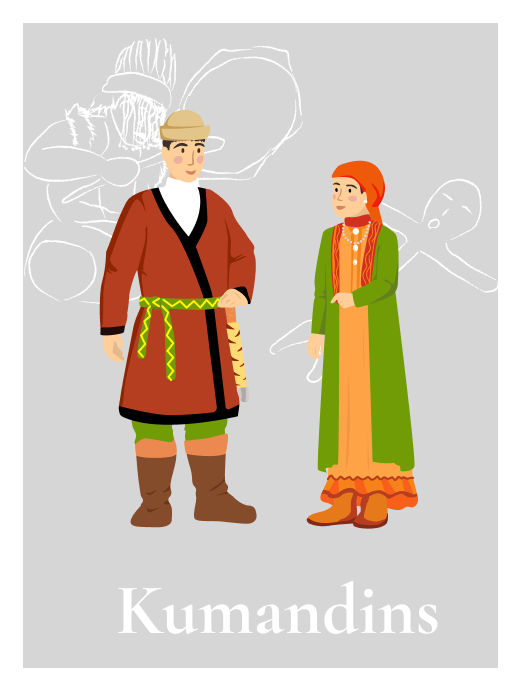

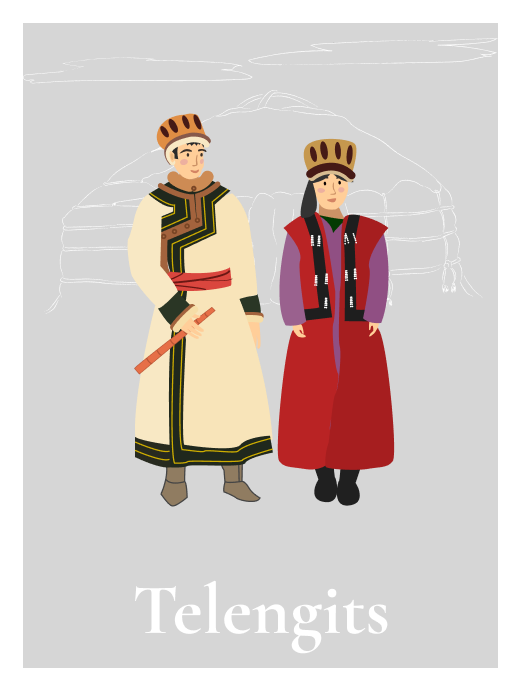

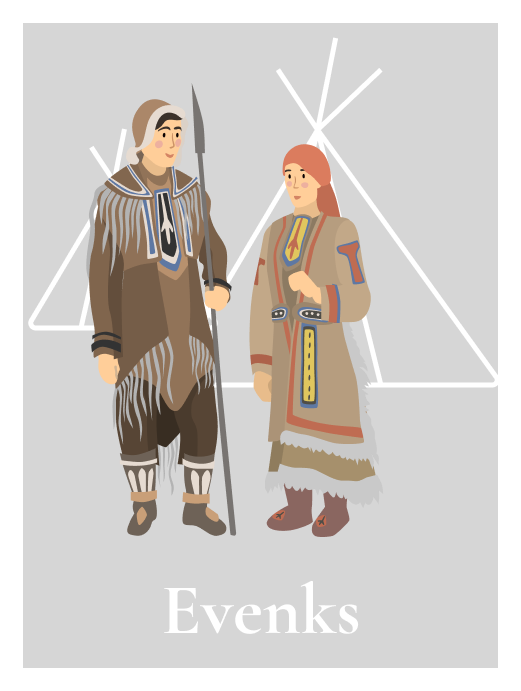
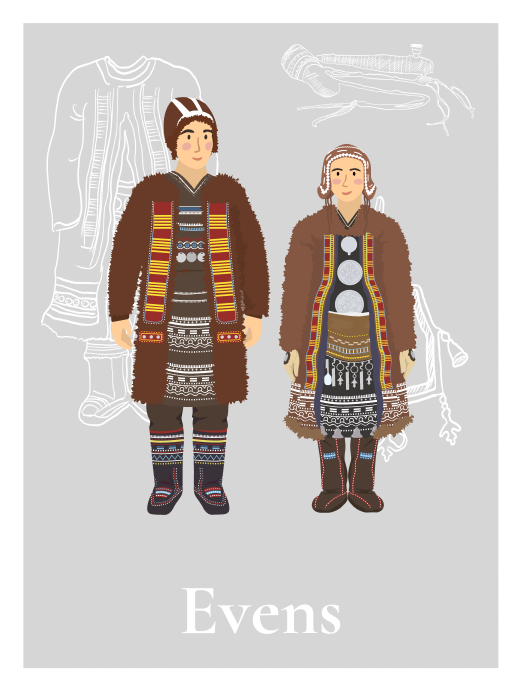
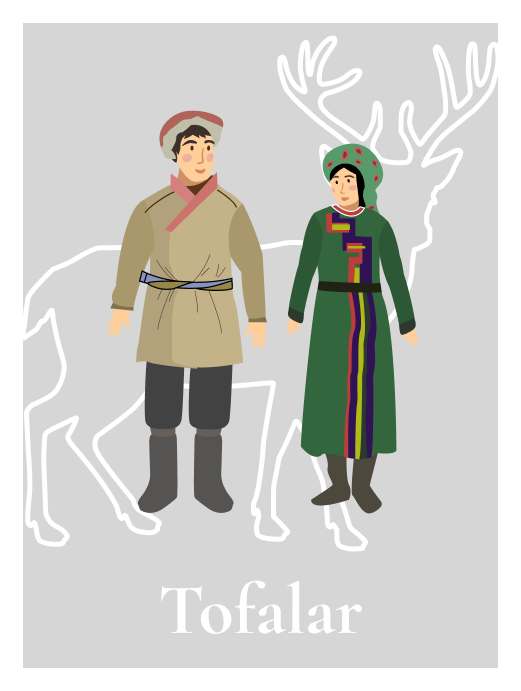
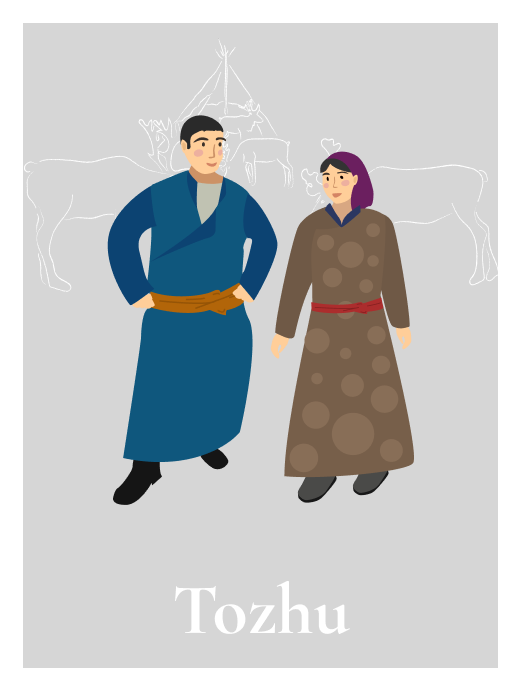
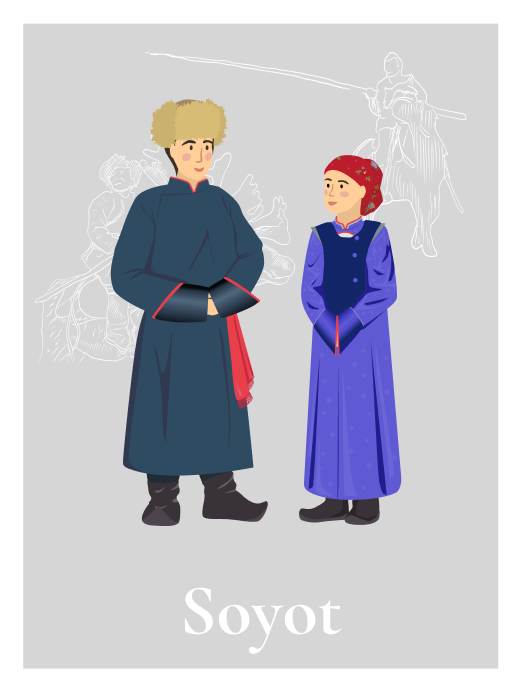
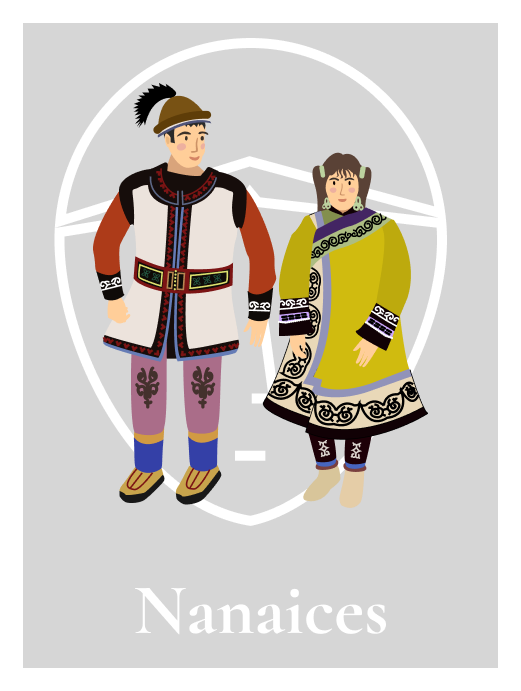
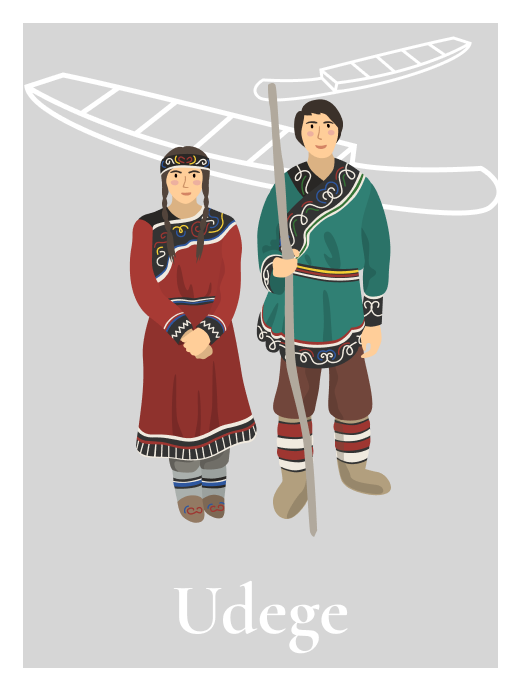

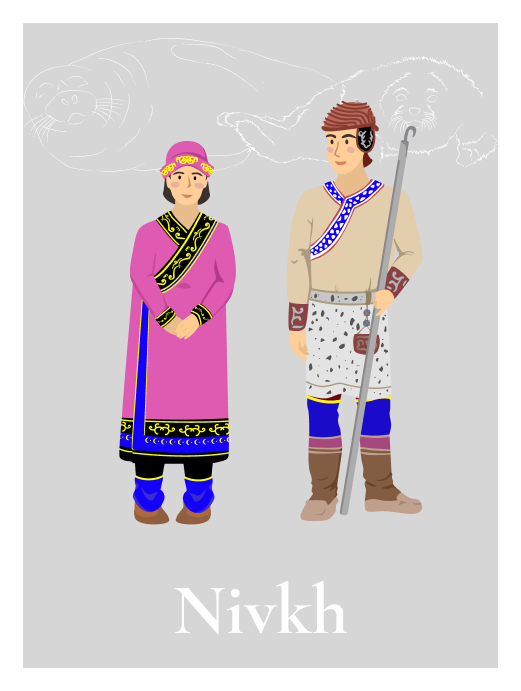
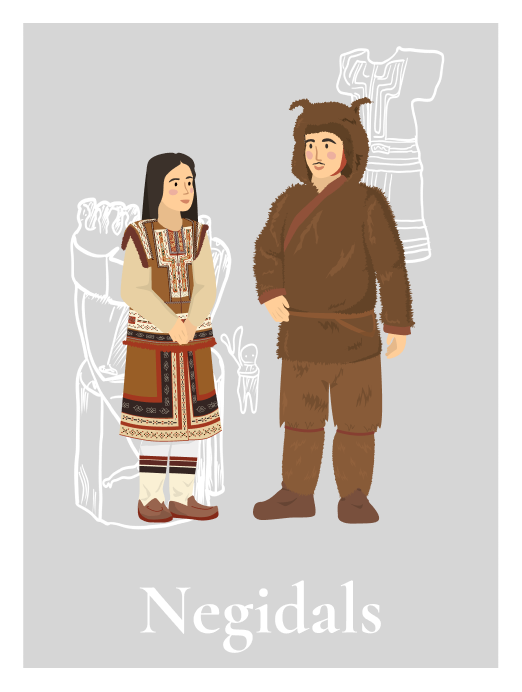
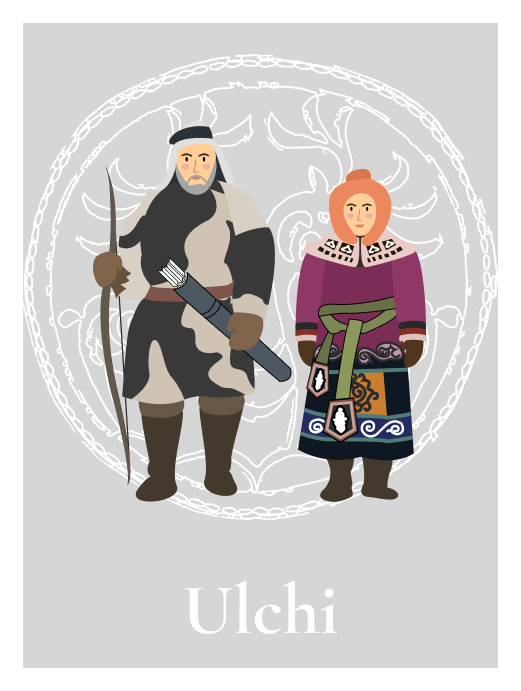


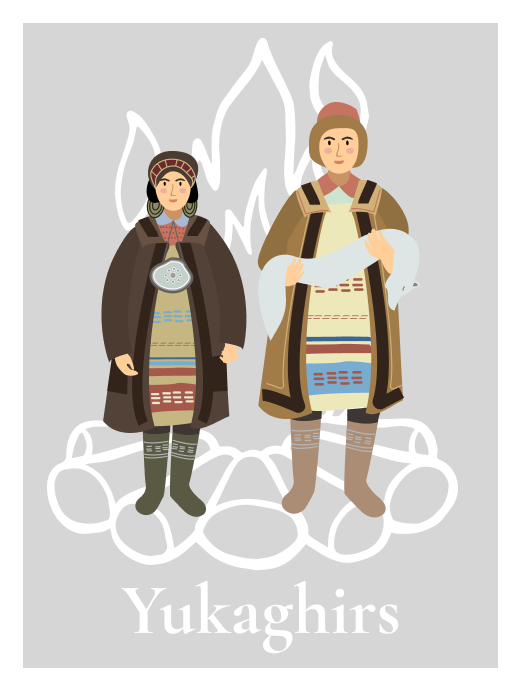
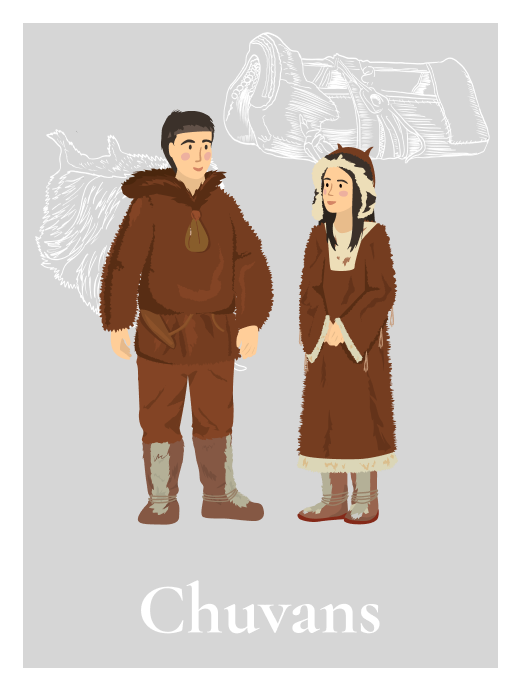
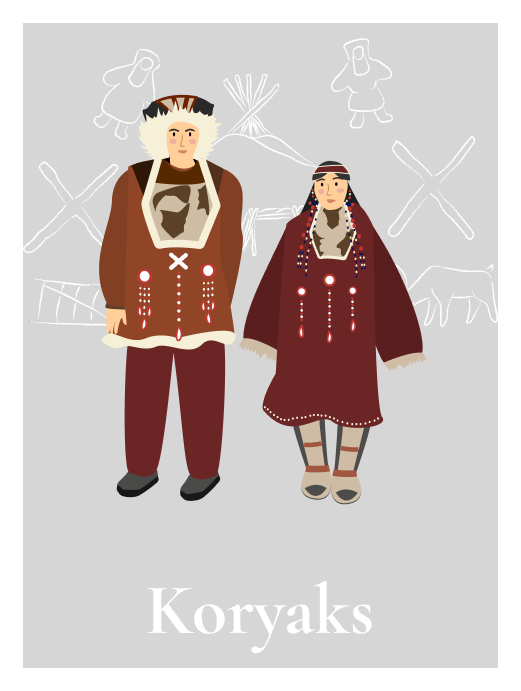

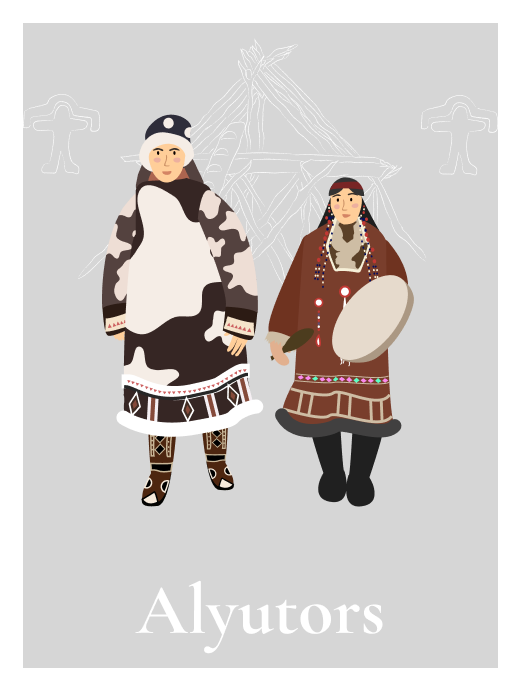


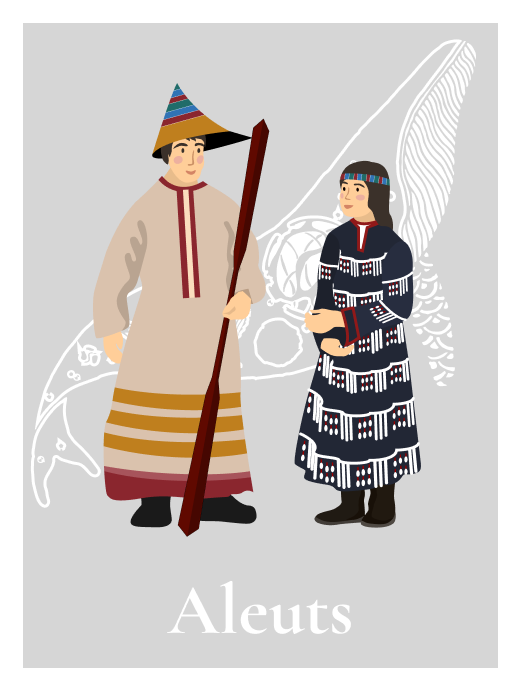

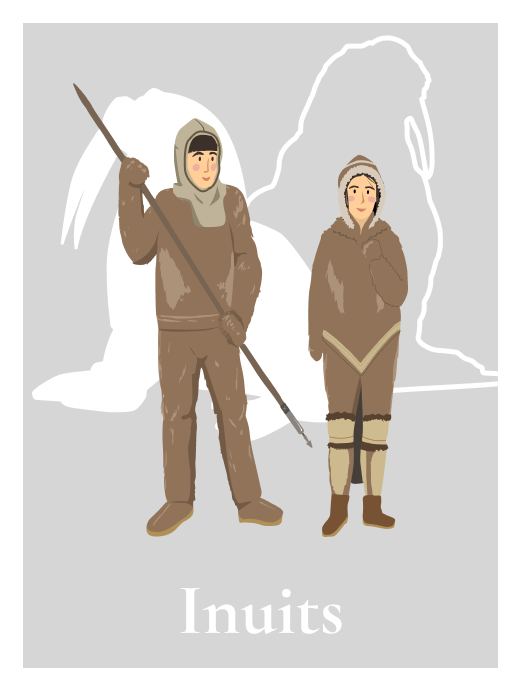
The Dolgan ~ Dulgaan ethnonym comes from the name of a Tungus or Lamut clan that Russian pioneers encountered in the mid-17th century on the right shore of the Lena across from the Viluy’s estuary.
The Dolgan ~ Dulgaan ethnonym comes from the name of a Tungus or Lamut clan that Russian pioneers encountered in the mid-17th century on the right shore of the Lena across from the Viluy’s estuary. At that time, Dolgans also lived at the Aldan’s estuary. Currently, this ethnonym is used by the entire Dolgan people at the Taymyr Peninsula and along the Anabar river (the Republic of Sakha). The main Dolgan community living around Khatanga and in the lower reaches of the Anabar call themselves Haka (cf. the Yakut word Sakha). Western Dolgans use the endonym Tya Kihute, Tyalar. Dolgans are subdivided into several territorial groups: Western Dolgans (Norilsk – Pyasino Dolgans), Central (Volochanka and Ust-Avam Dolgans), and Eastern (Khatanga, Popigay, and Anabar Dolgans).
Dolgans form ethnic communities in two Russian regions: the Krasnoyarsk territory (the Taymyr Dolgan-Nenets municipal district) and the Republic of Sakha (Yakutia) (the Anabar ulus). The Taymyr Dolgan-Nenets municipal district spans the Taymyr Peninsula, the northernmost peninsula in Asia, several Arctic islands, and the northern part of the Central Siberian Plateau; it constitutes the overland territory of the Russian Arctic. Its area totals 879.9 square kilometers or 37.2% of the Krasnoyarsk territory. It is the territory’s largest municipal district.
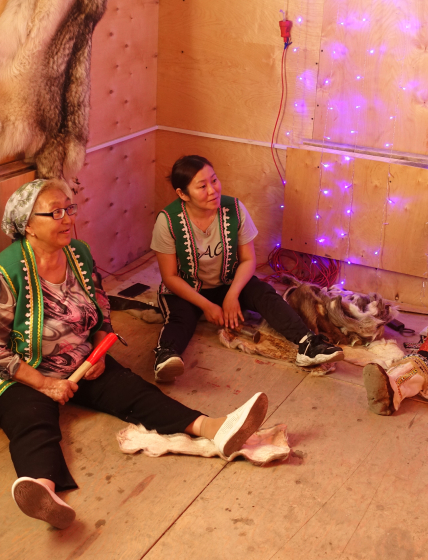
Dolgans’ mythological picture of the world was influenced by several different factors such as migration, socioeconomic ties, and mutual cultural influences of different peoples living in the same or neighboring territories, including the Taymyr Peninsula and the north of Yakutia. The Dolgans’ universe spanned three worlds: the upper world of the skies, the middle world of the earth, and the lower world, the underworld. The upper world was populated by deities and good spirits, the aiyy. The middle world was inhabited by people and the spirit of the earth, Aaan Doydu Ichchite, master-spirits of places, and evil spirits that floated in the air and sent diseases. The lower world, Allaraa-Ogoniora, was the abode of monsters.